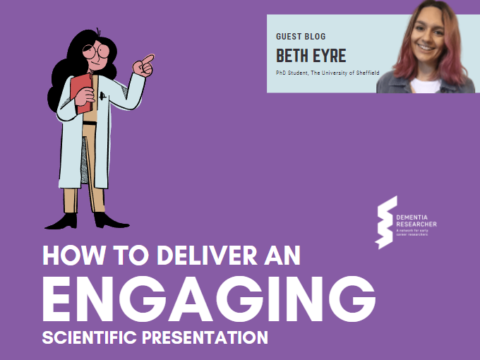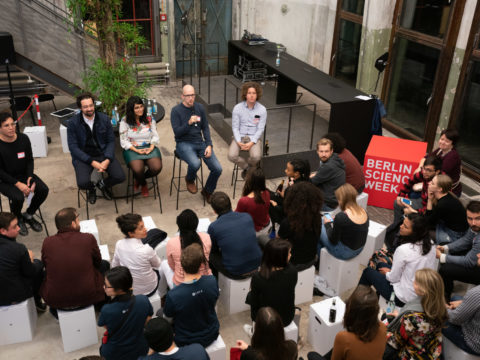Conference presentations often follow a simple narrative format leading to a conclusion and a summation of the findings and implications of the research. However, as anyone who has been to an academic conference can attest, presentations run over time and conclusions are often raced through before moderators call a halt. In this repost, Pat Thomson discusses the benefits of adopting a less linear narrative structure and how doing so can create space for discussing the key messages in a research presentation.
Conference presentations. We almost always have one coming up somewhere. So we are often thinking about how best to organise what we have to say.
Now, there’s a lot written about conference presentations and what can go wrong with them. People read dull papers. They have interminable and badly designed slides. And they run out of time to get their key point across. You don’t want to do any of that. You want people to be interested and to listen.
It’s helpful to think about a conference presentation as being a story – a very particular form of narrative – it’s a tale you are going to tell an actual live audience about your work. So how does the story go?
Well, let’s look at what most people do, the academic equivalent of once upon a time… Most people tend to present their empirical work in the same order that they use to write a journal article. They use a kind of default IMRaD (Introduction, Methods, Results and Discussion) structure which looks a lot like the order of things below.

This format is of course absolutely fine. Nothing wrong with it at all. Once upon a time will get you going. And this default structure is what a lot of people expect to see in a presentation.
But the problem is that if you haven’t got a lot of time then you may find yourself rushing at the end to try to make your key point. You do IMR and rush the aD.
It’s easy to do. You just have to spend a few moments too long on the literature or theory or methods or on the results, and you find yourself abbreviating the most important thing you want your audience to know – your point. And your audience has had to wait quite a long time for you to get to that point which you then race through.
One alternative is to flip the order of the narrative. Yes that’s right. Flip it. Get your point in early. Grab your audience’s attention right at the start.
The flipped narrative starts the same way as the default. You pose your problem or question and explain why it’s important. But now, you provide your answer straight away. You then spend the remainder of the time showing your audience how you reached that conclusion.

And at the very end you only need a few minutes to tell people what they – or someone else – needs to do. You can truncate the results pretty easily and move on the to So What.
When you flip the story, you may well leave out a bit of the literature work (as above) – and maybe that’s not such a bad thing for a presentation. After all, people have come to hear your big message, and how you got to it.
And if you run out of time, at least people know what you researched and what you claim, even if they don’t know all of the details about how and why. If they know the point, and the shape of the argument, they may well be more inclined to follow up afterwards – presenting a long preamble and telegraphing the punch-line may not be so conducive to further exploration of your work.
Now, message first as above is not the only way to flip a presentation narrative. You might like to experiment with other ways of shifting the default order around, thinking about the story line you can construct with each variation.
I often do variations on the message first format when I’m doing keynotes and generally weave relevant literatures through my narrative rather than present them separately. I sometimes do the problem and methods before the key point and then explain how this came to be. This seems to be work well for big projects with loads of data.
You also have a friend in Powerpoint in thinking about story. Slides are great for shuffling your presentation narrative order. And as you play with the order of events in your story, think about your audience and the message you really want them to hear and take home with them. Rehearse the narrative in your head as you think about which order you can use to make your information work best.
Try it out and see if the flip works for you.
This post originally appeared on the author’s personal blog, Patter and is reposted with permission.
About the author
Pat Thomson is Professor of Education at the University of Nottingham. Her current research focuses on creativity, the arts and change in schools and communities, and postgraduate writing pedagogies. She blogs about her research at Patter.

 Print This Post
Print This Post





